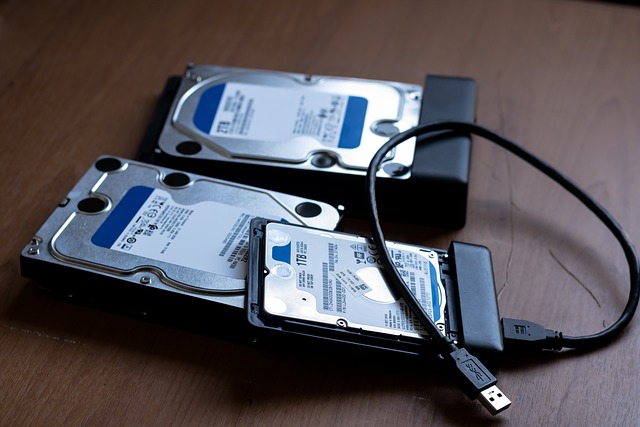In today’s digital age, data is the lifeblood of any organization. From financial records and customer information to intellectual property and operational procedures, vital information resides on servers and storage devices. Unfortunately, data isn’t invincible. Hardware failures, cyberattacks, natural disasters, or even simple human error can lead to data loss or corruption. This is where the Data restoration and disaster recovery blog (DR) comes into play.
Table of Contents
Understanding the Difference: Restoration vs. Recovery
While the terms “data restoration” and “disaster recovery” are often used interchangeably, there’s a crucial distinction between them:
- Data restoration focuses on retrieving lost or corrupted data from backups. This is a reactive approach, addressing an issue that has already occurred.
- Disaster recovery encompasses a broader strategy to ensure business continuity in the face of disruptions. It involves not only data restoration but also restoring entire systems and applications to a functional state. DR plans anticipate potential threats and outline procedures to minimize downtime and data loss.
Why You Need Both Data Restoration and Disaster Recovery
Imagine this scenario: a power surge fries your server, rendering your critical data inaccessible. In this situation, data restoration would be your lifeline, allowing you to retrieve your information from backups. However, restoring the data alone wouldn’t get your business back up and running. You’d still need to rebuild your server environment, reconfigure applications, and potentially recreate user accounts. This process could take days, causing significant downtime and financial losses.
A comprehensive DR plan, however, would minimize this disruption. By having backups stored off-site and replicating critical systems, you could quickly spin up a secondary environment and resume operations with minimal downtime.
Building a Robust Data Restoration and DR Strategy

Here are the key steps to establish a strong data restoration and DR strategy:
- Identify Critical Data and Systems: Not all data is equally important. Prioritize your most critical assets, such as customer databases, financial records, and core applications.
- Establish Backup Procedures: Implement a regular backup schedule tailored to your data’s importance and volatility. Consider a combination of local backups for fast recovery and off-site backups for disaster protection.
- Choose a Reliable Backup Solution: Numerous backup solutions are available, ranging from traditional hard drives to cloud-based services. Evaluate factors like cost, security, scalability, and ease of use when making your selection.
- Test Your Backups Regularly: Scheduled backup tests ensure your backups are functional and readily available in an emergency.
- Develop a DR Plan: Create a documented DR plan outlining the steps to be taken in case of a disaster. This plan should include:
- Roles and Responsibilities: Assign clear roles to team members for communication, data recovery, system restoration, and business continuity.
- Communication Strategy: Establish a communication plan to notify stakeholders and ensure everyone is aware of the situation and recovery efforts.
- Recovery Procedures: Detail the steps involved in restoring data, systems, and applications.
- Testing and Training: Regularly test your DR plan and train your team on their respective roles and responsibilities.
Beyond Backups: Additional DR Considerations
While backups are a cornerstone of a robust DR strategy, there are other crucial elements to consider:
- Redundancy: Implement redundant systems and applications to ensure continued operation if a primary system fails.
- Disaster Site: Consider establishing a secondary location to house critical systems in case your primary location becomes unavailable.
- Cybersecurity: Cyberattacks are a major threat to data security. Implement robust cybersecurity measures to prevent attacks and minimize potential damage.
The Cost of Inaction: Why DR is an Investment, Not an Expense
The cost of implementing a data restoration and DR strategy may seem like a burden. However, the cost of inaction in the event of a disaster can be far greater. Consider these potential consequences:
- Data Loss: Lost data can have a devastating impact on your business, leading to lost revenue, operational paralysis, and reputational damage.
- Downtime: Every minute your systems are offline translates to lost productivity and potential customer dissatisfaction.
- Regulatory Compliance: Many industries have strict data protection regulations. A data breach or system outage could result in hefty fines and penalties.
Conclusion
Data restoration and disaster recovery are essential safeguards for any organization that relies on digital information. By taking a proactive approach and implementing a comprehensive strategy, you can build resilience and ensure business continuity even in the face of unforeseen events. Remember, data is your most valuable asset. Invest in its protection and weather any storm with confidence.
Featured Image by Gerd Altmann from Pixabay




